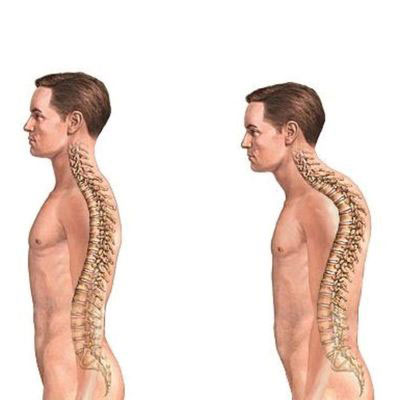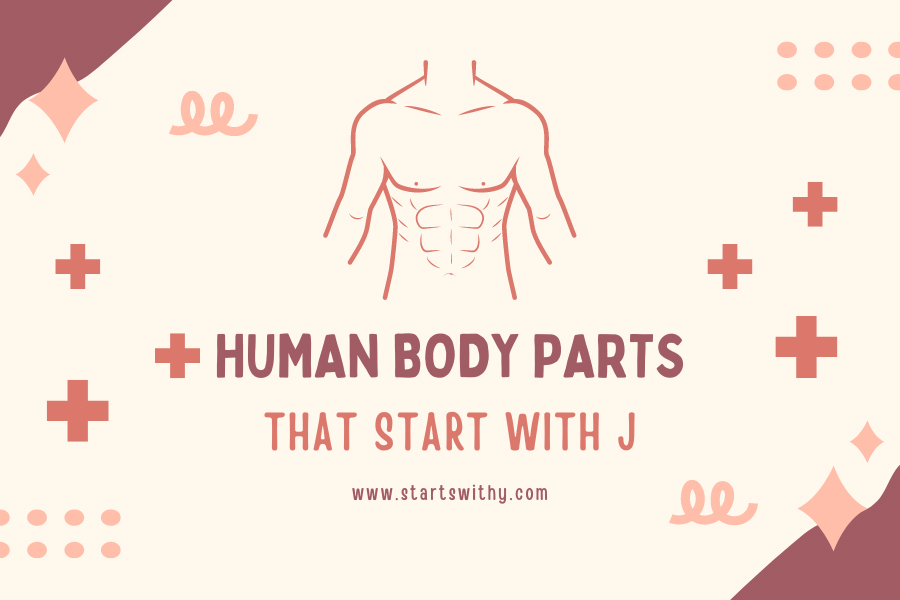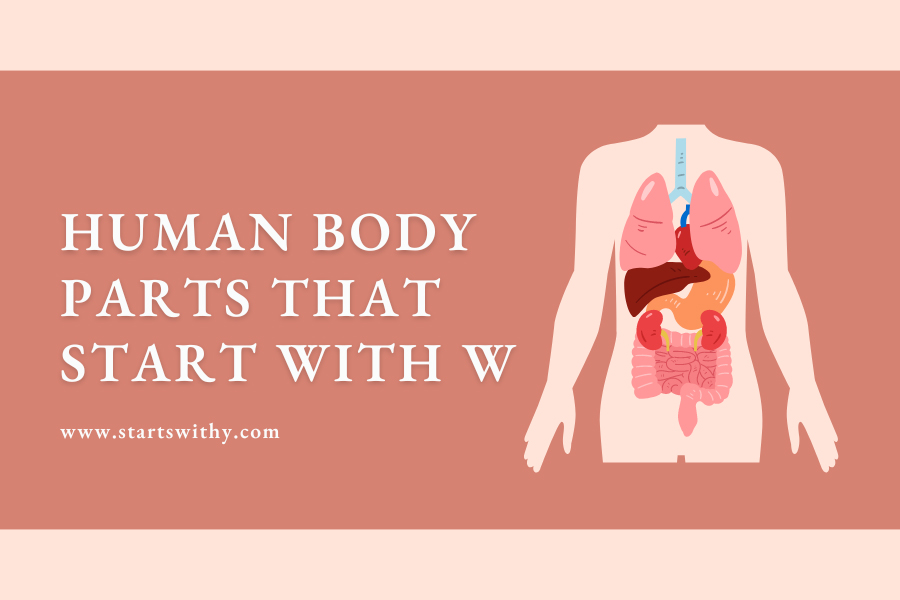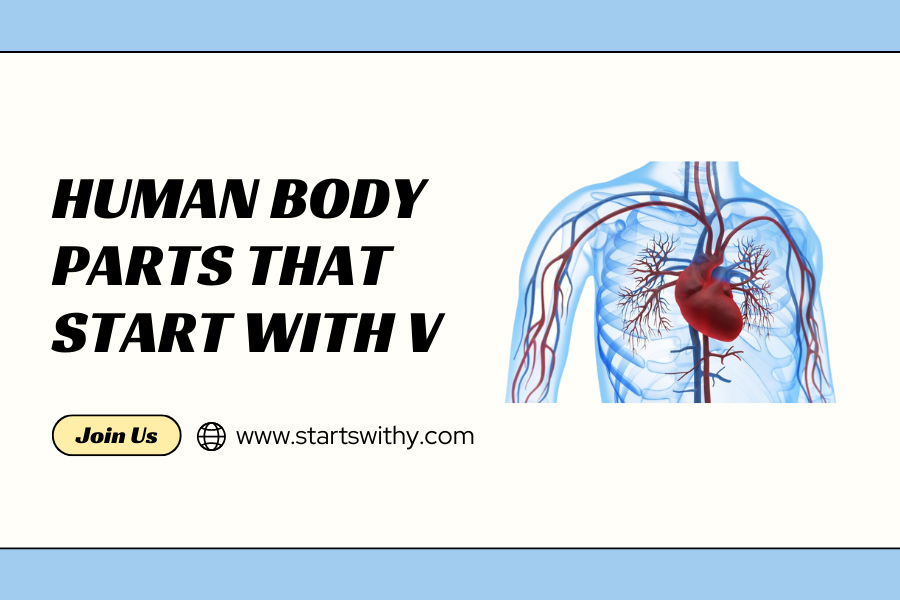The majestic tapestry of human anatomy is woven with complexity and precision, where each part, big or small, plays a crucial role in our overall wellbeing. As we embark on an alphabetical voyage exploring the body, we arrive at the letter “J.” Though it may represent fewer body parts than some other letters, the structures it denotes are just as significant.
In this article, we will delve deep into those unique body parts that start with “J,” unraveling their mysteries, understanding their functions, and appreciating their importance in the grand design of the human body. Join us on this journey as we spotlight the lesser-known heroes of our anatomy that bear the initial “J.”
Human Body Parts That Start With The Letter J
When it comes to understanding the anatomy of the human body, our extensive lexicon offers a plethora of terms for every body part imaginable. While some letters like ‘A’ and ‘B’ yield countless anatomical terms, ‘J’ might not seem as fruitful. However, while the list might be short, each body part that starts with ‘J’ is quite significant. This article will delve into the body parts that start with this letter, providing details and nuances to their roles and functions.
1. Jaw

The jaw is perhaps the most well-known body part starting with ‘J’. Comprising two main bones – the maxilla (upper jaw) and the mandible (lower jaw) – the jaw plays a critical role in various functions.
- Structure and Location: The maxilla is fused with the skull and is immovable, while the mandible is the mobile part of the jaw. The joint that allows this movement is the temporomandibular joint (TMJ).
- Functions: The primary function of the jaw is to facilitate the mastication (chewing) of food. Additionally, the jaw provides structure and shape to our face and holds the teeth in place.
- Clinical Significance: Conditions such as temporomandibular joint disorder (TMD) can lead to jaw pain, headaches, and difficulties in opening and closing the mouth.
2. Jejunum

Part of the small intestine, the jejunum follows the duodenum and precedes the ileum. It’s a crucial component in the digestive process.
- Structure and Location: The jejunum is roughly 2-2.5 meters long in adults. It starts after the duodenum and winds around the upper abdomen.
- Functions: The jejunum plays a pivotal role in the absorption of nutrients. Here, digested food particles like sugars, amino acids, and fatty acids are absorbed into the bloodstream.
- Clinical Significance: Conditions such as celiac disease or Crohn’s disease can affect the jejunum and impede the absorption of nutrients, leading to malnutrition and other complications.
3. Jugular Veins

When we think of the body’s vascular system, the jugular veins stand out prominently. These are crucial veins in the neck, essential for returning deoxygenated blood from the head back to the heart.
- Structure and Location: Humans possess two sets of jugular veins – internal and external. The internal jugular vein runs alongside the carotid artery and is the more substantial of the two.
- Functions: The jugular veins are responsible for draining deoxygenated blood from the brain, face, and neck, channeling it back to the heart.
- Clinical Significance: Medical professionals often observe the jugular veins for jugular venous distension, an indication of certain cardiac conditions. In some procedures, access to the internal jugular vein is required, like in the case of central venous catheter placement.
4. Joint

While “joint” is a generalized term and doesn’t specifically point to a single part of the body, its importance in anatomy can’t be understated.
- Structure and Location: A joint is where two bones meet. The human body has several types of joints, including hinge joints (like the elbow), pivot joints, ball-and-socket joints (like the shoulder and hip), and more.
- Functions: Joints allow for movement and provide structural stability. They enable a range of motions, from simple bending and straightening to complex rotations.
- Clinical Significance: Arthritis is a widespread condition that affects the joints, leading to pain, swelling, and reduced mobility. There are various forms, with osteoarthritis and rheumatoid arthritis being among the most common.
5. Jugular Veins: Superhighways of the Head and Neck
Peek beneath your chin or along the sides of your neck, and you might see some thin blue lines – those are your jugular veins, vital highways responsible for returning blood from your head and neck back to your heart. Imagine them as tiny streams flowing steadily uphill, carrying deoxygenated blood back to the central station for a fresh refill.
- Highway Network: There are two main jugular veins – the internal jugular vein located deeper inside, draining blood from the brain, and the external jugular vein closer to the surface, draining blood from the face and scalp. These veins work together like a synchronized traffic system, ensuring smooth blood flow back to the heart.
- Pressure Gauge: The jugular veins can become more visible when you exert yourself, cough, or strain, as the pressure within them increases. This can be a helpful indicator of potential cardiovascular issues, so it’s important to consult a doctor if you notice any significant changes in their appearance or feel any discomfort.
- Vital Partners: The jugular veins play a crucial role in regulating body temperature. When you get hot, they dilate to allow more blood to flow to the surface of your skin, promoting heat loss through sweating. This delicate balance helps keep your body at a comfortable temperature.
Did you know? The name “jugular” comes from the Latin word “jugulum,” meaning “throat.” This is because the jugular veins are located near the throat and were once thought to be the source of life (and thus, a target for lethal blows).
6. Juanetes: Bumpy Bother on the Big Toe

Meet the juanete, also known as a bunion, the bumpy bump that can form at the base of the big toe. This bony protrusion can be both unsightly and painful, making wearing shoes uncomfortable and limiting mobility.
- Bone Misalignment: Juanetes occur when the metatarsal bone supporting the big toe shifts outwards, pushing the big toe inward towards the second toe. This misalignment causes the joint to protrude, forming the bony bump.
- Pressure Points: The bump can rub against shoes, causing friction and irritation. This can lead to redness, inflammation, and discomfort, especially when standing or walking for extended periods.
- Prevention and Treatment: Wearing wide-toe shoes and avoiding high heels can help prevent juanetes from forming or worsening. In severe cases, surgery may be recommended to realign the bones and relieve pain.
Did you know? Juanetes are more common in women than men and can be hereditary. Certain foot types, like flat feet or having a big toe longer than the second toe, can also increase the risk of developing bunions.
7. Joroba: The Hunchback of the Back (Kyphosis)

While commonly referred to as a “hunchback,” joroba is the medical term for kyphosis, an abnormal rounding of the upper spine. This curvature can range from mild and barely noticeable to severe, causing posture problems and even pain.
- Postural Misalignment: Kyphosis results from an excessive rounding of the thoracic spine, causing the shoulders to hunch forward and the head to poke out. This posture can be caused by various factors, including poor posture habits, muscle imbalances, or underlying medical conditions.
- Impact on Health: Severe kyphosis can affect breathing, cause back pain, and limit mobility. Early detection and treatment are crucial to prevent complications and improve posture.
- Management and Correction: Exercises to strengthen the back muscles and improve posture can help manage mild kyphosis. In severe cases, bracing or surgery may be necessary to correct the spinal curvature.
Did you know? Kyphosis is most common in adolescents and older adults. Maintaining good posture and strengthening the core muscles can help prevent kyphosis and keep your spine healthy throughout life.
8. Jowls: More Than Just Fluffy Cheeks
Those soft, rounded areas on either side of the lower jaw – those are your jowls. While often associated with chubby cheeks or aging, jowls actually play a significant role in facial structure and movement.
- Muscle Mayhem: Jowls are formed by a blend of muscles, fat, and connective tissue. The main muscle behind the jowl is the masseter, a powerful chewing muscle responsible for grinding food. Other muscles like the buccinator and platysma also contribute to their shape and movement.
- Expression Enhancers: Jowls help us express emotions like anger, sadness, and surprise by contributing to the movement of our lower jaw. Additionally, they add fullness and roundness to the face, creating a youthful appearance.
- Aging Allies (or Foes): As we age, the skin and muscle tone in the jowls can decrease, leading to sagging and a less defined jawline. However, maintaining a healthy weight and facial exercises can help tone the muscles and keep the jowls looking youthful.
9. Jugular Foramen: Gateway to the Neck

Nestled deep within the base of the skull lies the jugular foramen, a small opening that acts as a highway for vital structures entering and exiting the head and neck.
- Double Duty Duo: The jugular foramen allows two crucial structures to pass through – the internal jugular vein, responsible for draining blood from the brain, and cranial nerves IX, X, and XI, controlling various functions like swallowing, taste, and movement.
- Bony Barrier: This vital opening is carefully guarded by the surrounding bones – the occipital bone at the back, the temporal bone on the side, and the sphenoid bone at the front. This strong bony cage protects the delicate nerves and vein passing through.
- Medical Significance: The jugular foramen is relevant in medical procedures like brain surgery or certain neck injections. Understanding its location and the structures within it is crucial for doctors and healthcare professionals.
List of Human Body Parts Starting with J
| Jugular | Jugular | Juanetes |
| Jowl | Joroba | Joint |
| Jochbein | Jaw | Jugular Foramen |
| Jugular Veins | Jejunum |
Conclusion
While the list of body parts starting with ‘J’ may be short, their significance in the functioning of the human body is undeniable. Whether it’s the jaw aiding in communication and digestion, the jejunum ensuring we absorb vital nutrients, the jugular veins maintaining a proper blood flow, or the many joints that offer us mobility and flexibility, each plays a pivotal role in our daily lives. Understanding these body parts provides a small, yet crucial glimpse into the intricate workings of our anatomy.
Human Body Parts That Start With
A | B | C | D | E | F | G | H | I | J | K | L | M | N | O | P | Q | R | S | T | U | V | W




